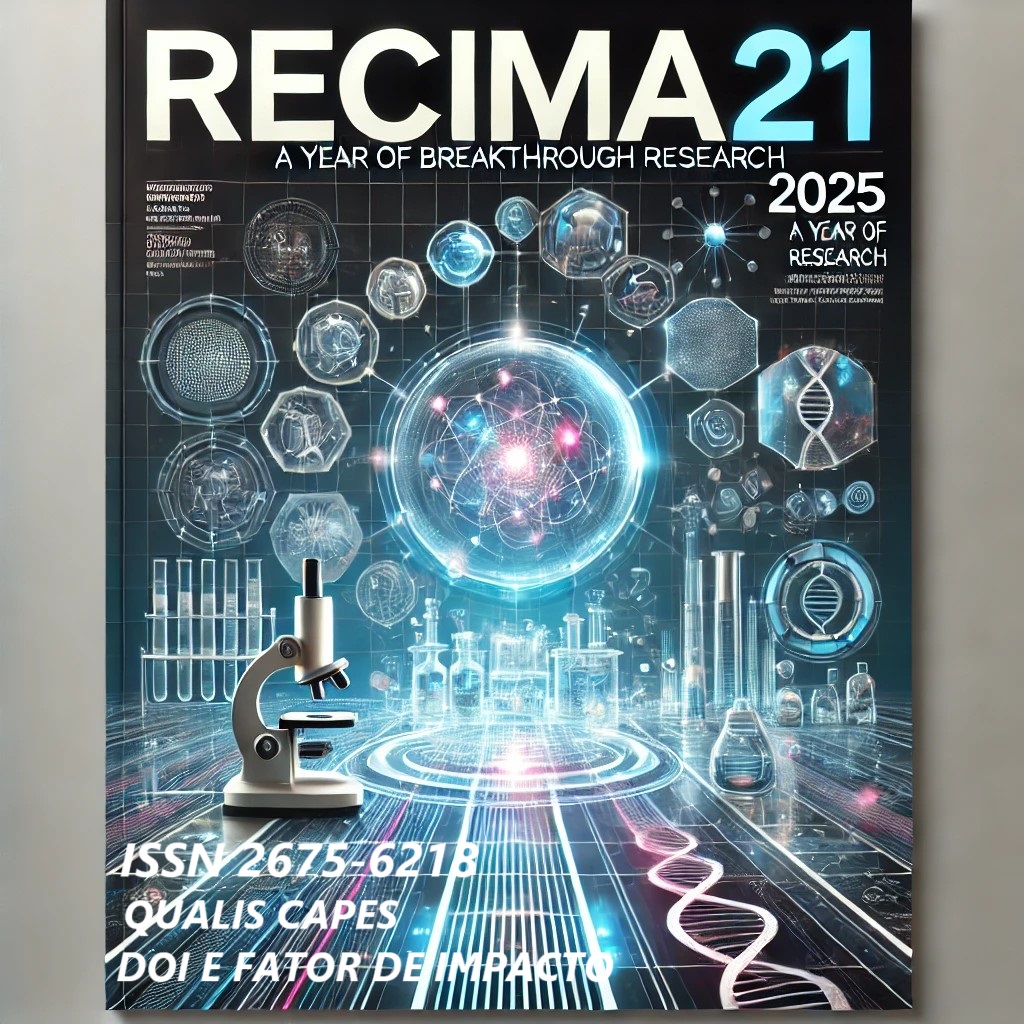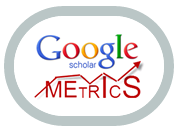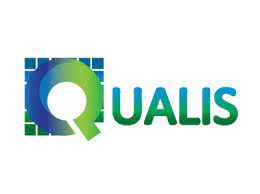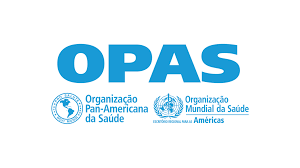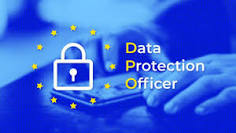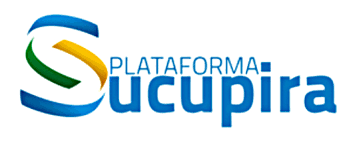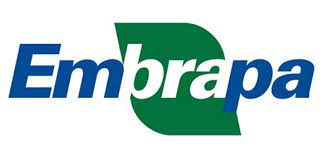HOW DOES THE USE OF TECHNOLOGIES ASSIST IN TEACHING PRACTICE IN A PANDEMIC CONTEXT?
DOI:
https://doi.org/10.47820/recima21.v6i6.6500Keywords:
Technologies. Education. Teaching-learning. Pandemic.Abstract
It is understood that technology is an extremely important tool in improving the teaching and learning process. Its implementation in the school environment has been gradually inserted for a long time due to various barriers encountered. These barriers range from outdated equipment to the poor or lack of training for education professionals in using the available tools. The present study has the general objective of understanding the factors that hinder teaching practices in adopting remote classes mediated by technology during the COVID-19 pandemic. To achieve these goals, a literature review was used highlighting the contributions of authors such as: Almeida (2008), Bacicch et al (2015), Buckingham (2010); Costa et al (2015), Kenski (2003, 2007), Lévy (1999, 2000) and Monteiro and Rezende (1993).Experiencing and immersing oneself in this world of digital technologies, learning and relearning to use already known technological tools, and educating oneself to handle new technologies demonstrated how much the teacher does not give up on improving their knowledge for the enhancement of their pedagogical practice; that is, persistence and resilience are factors that are part of the teaching pedagogical work.
Downloads
References
ALMEIDA, M. J. P. M.; SILVA, H. C. da (org.). Linguagens, leituras e ensino da ciência. Campinas, SP: Mercado de Letras: Associação de Leitura do Brasil - ALB, 2008.
BACICHI, L; TANZI NETO, A.; TREVISAN, F. M. (org.). Ensino híbrido. Porto Alegre: Penso, 2015.
BRASIL. Base Nacional Comum Curricular: Ensino Fundamental. Brasília: MEC/Secretaria de Educação Básica, 2018. http://basenacionalcomum.mec.gov.br/. Acesso em: 04 abr. 2020.
BRASIL. Parâmetros Curriculares Nacionais para o Ensino Fundamental. Brasília: MECSEF, 1998.
BRASIL. Presidência da República. Lei N.º 9.394 de dezembro de 1996. Estabelece as diretrizes e bases da educação nacional. Brasília: Casa Civil, 1996.
BUCKINGHAM, D. Cultura digital, educação midiática e o lugar da escolarização. Educação e Realidade, v. 35, n. 3, p. 37-58, 2010. Disponível em: http://www.seer.ufrgs.br/index.php/educacaoerealidade/article/view/13077/10270. Acesso em: 04 mar. 2021.
COMITÊ GESTOR DA INTERNET NO BRASIL (CGI.br). Pesquisa sobre o uso das tecnologias da informação e comunicação nos domicílios brasileiros: TIC Domicílios 2019. São Paulo: Cetic, 2019. Disponível em: https://cetic.br/media/analises/tic_domicilios_2019_coletiva_imprensa.pdf/. Acesso em: 10 set. 2020.
COSTA, S. R. S.; DUQUEVIZ, B. C.; PEDROZA, R. L. S. Tecnologias Digitais como instrumentos mediadores da aprendizagem dos nativos digitais. Revista Psicologia Escolar e Educacional, São Paulo, v. 19, n. 3, p. 603-610, set./dez., 2015. Disponível em: https://doi.org/10.1590/2175-3539/2015/0193912. Acesso em: 15 abr. 2020. DOI: https://doi.org/10.1590/2175-3539/2015/0193912
CYSNEIROS, P. G. Novas Tecnologias na Sala de Aula: melhoria do ensino ou inovação conservadora? Informática Educativa, [S. l.], v. 12, n. 1, p. 11-24, nov. 1999. Disponível em: http://www.pucrs.br/famat/viali/doutorado/ptic/textos/articles106213_archivo.pdf. Acesso em: 13 mar. 2021.
DILLON, A. Myths, Misconceptions and an Alternative Perspective on Information Usage and the Electronic Medium. In: ROUET, J. F.; LEVONEN, J. J.; DILLON, A.; SPIRO, R.J. (Eds.). Hypertext and Cognition. Londres: Routledge, 2012. p. 35-52. DOI: https://doi.org/10.4324/9780203053522-9
FREIRE, P. Pedagogia do oprimido. 37. ed. Rio de Janeiro: Paz e Terra, 1987.
HODGES, C.; MOORE, S.; LOCKEE, B.; TORREY, T.; BOND, A. The difference between emergency remote teaching and online learning. [S. l.: s. n.], 2020. Disponível em: https://er.educause.edu/articles/2020/3/thedifferencebetweenemergencyremoteteachingandonline-learning. Acesso em: 12 abr. 2020.
KAWAMURA, Regina. Linguagem e Novas Tecnologias. In: ALMEIDA, M. J. P. M. de; SILVA, H. C. da. (org.). Linguagens, Leituras e Ensino da Ciência. Campinas: Mercado das Letras, 1998.
KENSKI, V. Aprendizagem Mediada pela Tecnologia. Revista Diálogo Educacional, [S. l.], v. 4, n. 10, p. 47–56, 2003. Disponível em: https://periodicos.pucpr.br/dialogoeducacional/article/view/6419. Acesso em: 22 mar. 2020. DOI: https://doi.org/10.7213/rde.v4i10.6419
KENSKI, V. M. Educação e tecnologias: O novo ritmo da informação. 4. ed. Campinas: Papirus, 2007.
LÉVY, P. Cibercultura. São Paulo: Editora 34, 1999.
MONTEIRO, E. B.; REZENDE, F. Informática e Educação: panorâmica da área segundo artigos dos periódicos nacionais de educação. Tecnologia Educacional, v. 22, n. 110, p. 111, 1993.
PRETTO, N. Uma escola sem/com futuro – educação e multimídia. Campinas: Papirus, 1996.
Downloads
Published
License
Copyright (c) 2025 RECIMA21 - Revista Científica Multidisciplinar - ISSN 2675-6218

This work is licensed under a Creative Commons Attribution 4.0 International License.
Os direitos autorais dos artigos/resenhas/TCCs publicados pertecem à revista RECIMA21, e seguem o padrão Creative Commons (CC BY 4.0), permitindo a cópia ou reprodução, desde que cite a fonte e respeite os direitos dos autores e contenham menção aos mesmos nos créditos. Toda e qualquer obra publicada na revista, seu conteúdo é de responsabilidade dos autores, cabendo a RECIMA21 apenas ser o veículo de divulgação, seguindo os padrões nacionais e internacionais de publicação.

